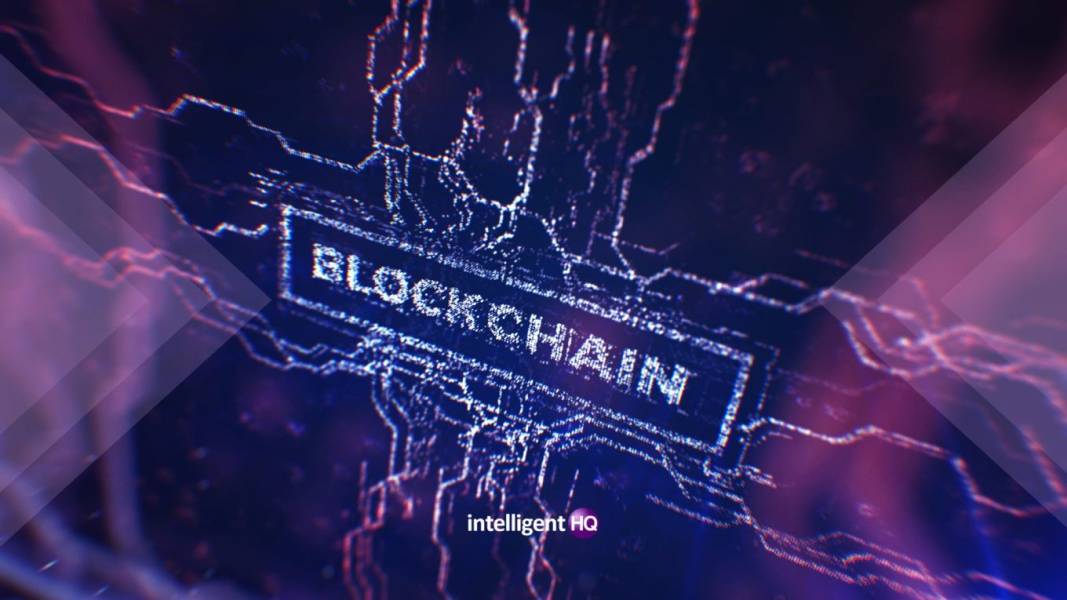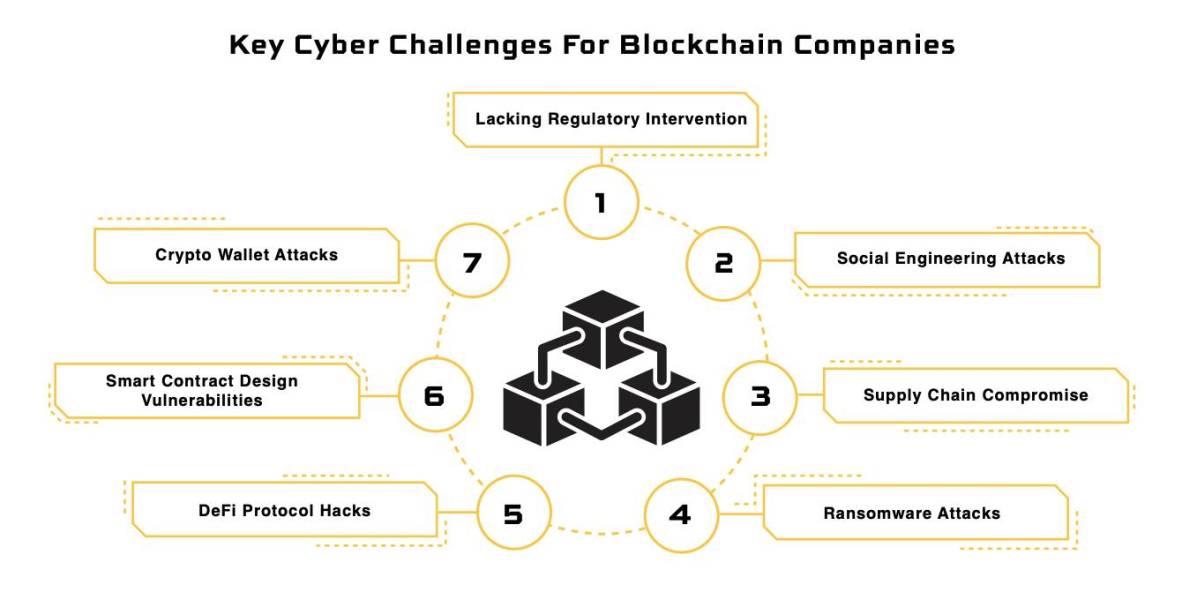
Who Protects The Blockchain?
Predictive AI software, Blacklight, ensures blockchain leaders can innovate, without the fear of hackers or regulatory upheavals.
In a recent white paper “Blockchain Protects Our Data, But Who Protects The Blockchain?”, OwlGaze team share some of the challenges with Blockchain integrity and how the challenges with this technology can be managed with AI software, Blacklight, ensures blockchain leaders can innovate, without the fear of hackers or regulatory upheavals:
- The Current Challenges & Cyber Vulnerabilities in the Blockchain Industry
- The Solution & New Cybersecurity Approach
- The Benefits & Proof Points
- Critical Success Elements for Blockchain Businesses

Research data highlights that in 2021, approximately USD 12 billion invested in DeFi protocols was lost to scam and theft, out of which about USD 2 billion was lost to malicious attack campaigns. That year, that showed the growth of DeFi, also witnessed the single largest DeFi cryptocurrency hijack of USD 600 million. With close to USD 240 billion locked in, DeFi protocols are a certain target for adversaries.
This white paper published by OwlGaze, the provider of cutting-edge, end-to-end cybersecurity solutions, highlights the prominent security challenges faced by companies operating or dependent on blockchain systems, suggesting an organised approach towards tackling both regulatory and cybersecurity challenges as a joint effort.
The report research white paper:
- Lacking of Regulatory Intervention;
- Social Engineering H acks;
- Supply Chain Compromise;
- Ransomware Hacks;
- DeFi Protocol Hacks;
- Smart Contract Design Vulnerabilities;
- Crypto Wallet H acks.
Blockchain is a massive endeavour and there are a lot of challenges to manage. General research shows since 2018, hackers are re-constructing private keys by decoding electromagnetic signals coming by devices in an a empt known as side-channeling h ack.
The report highlights that the protecting the blockchain infrastructure and organisational components such as devices, users, and data stored on blockchain, or not, all necessary to achieve a higher cyber maturity. These threats can surely be tackled separately but should be guided by the same overall strategy.
OwlGaze research highlights a New Approach Rising complexity of attack tactics, techniques & procedures (TTPs) coupled with uncertainty about regulatory intervention have put blockchain and crypto organisations at an urgent need for proactive cyber threat management. Since 2018, h ackers are re-constructing private keys by decoding electromagnetic signals imi ted by devices in an a empt known as side-channeling a ack. 7 6 Strategy & Governance, Risk, Compliance (GRC):
- Strategy & Governance, Risk, Compliance (GRC);
- Cloud & Infrastructure Security;
- Identity & Access Management (IAM);
- Data Privacy & Protection;
- Managed Detection & Response;
- Predictive AI Software.
The global blockchain market is expected to hit nearly £60 billion by 2026, yet despite the increasing penetration of blockchain and the astronomical valuations of related businesses, a lack of global regulations, standards and guidelines has put all players in a grey area. Moreover, the technology is still in its nascent stages where several design and development vulnerabilities place blockchain architecture at a higher risk of exploitation by bad actors. This security problem further extends to companies exclusively storing and/or transacting cryptocurrencies through digital wallets.
Ralph Chammah, CEO of OwlGaze says: “Rising complexity of attack tactics, techniques & procedures (TTPs) coupled with uncertainty about regulatory intervention means that blockchain and crypto organisations have an urgent need for proactive cyber threat management. Protecting the blockchain infrastructure and organisational components such as devices, users, and data stored on the blockchain are all necessary to achieve higher cyber maturity. These threats can surely be tackled separately but should be guided by the same overall strategy.
“Blockchain and crypto firms can deploy predictive AI software to correlate suspicious on-chain and off-chain activities for enhanced visibility of their security posture, simplifying both threat detection and incident response activities. Further still, the correct software is also able to identify cyber risks affecting blockchain-specific infrastructure as well as use machine learning to observe historic true and false positives for similar events using enforced learning to decide whether an alert should be triggered.”
OwlGaze brings the best of security advisory and software to help blockchain leaders innovate without the fear of hackers or regulatory upheavals. OwlGaze’s Security Operations Center as a Service (SOCaaS) software, Blacklight, offers organisations a revolutionary predictive threat detection solution to identify, prioritise and prevent cyber-attacks using advanced correlation and AI.
Chammah concludes: “Using the right predictive SOCaaS software enables security teams to identify attack campaigns early, thereby fortifying the critical blockchain infrastructure. It also provides an all-in-one scalable approach that can empower businesses to continue their growth and innovation objectives without fearing cyber threats.”
Read More:
what are some long-term consequences of not learning to save while you’re young?
what are the benefits of attending a local community college?

Founder Dinis Guarda
IntelligentHQ Your New Business Network.
IntelligentHQ is a Business network and an expert source for finance, capital markets and intelligence for thousands of global business professionals, startups, and companies.
We exist at the point of intersection between technology, social media, finance and innovation.
IntelligentHQ leverages innovation and scale of social digital technology, analytics, news, and distribution to create an unparalleled, full digital medium and social business networks spectrum.
IntelligentHQ is working hard, to become a trusted, and indispensable source of business news and analytics, within financial services and its associated supply chains and ecosystems










